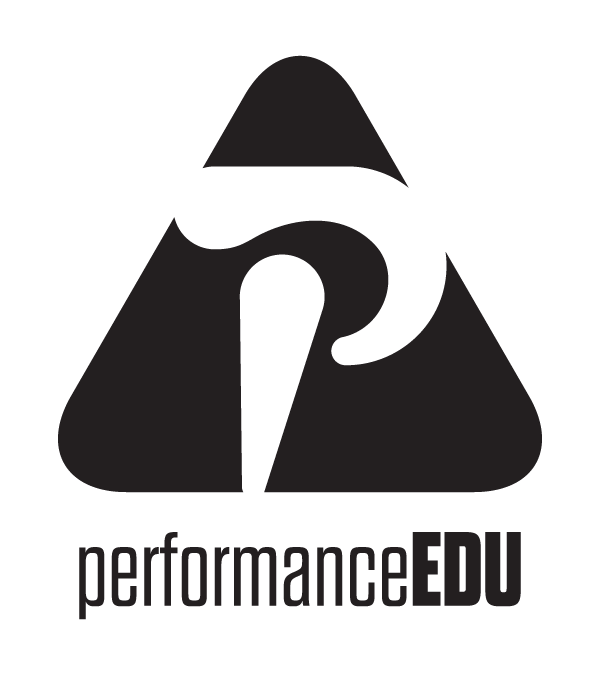10 movements to maintain strength during the ski season
We are heading into the 2022-23 ski season and it is vital for us to learn how to maintain our strength, while enhancing our recovery properly during the ski season. Active and Passive recovery days are crucial in a training program because the program is specifically built to create low intensity activity to encourage muscle regeneration.
During Active and Passive recovery days, we like to have a variety of aids to help to maintain strength and enhance the recovery process through:
Light movement is more beneficial than no activity
Aerobic Activity
On the floor mobility and stability movements for Upper/Lower Half
Rest
Foam rolling and stripping tissue work
Massage (structural)
Foam Rolling/Massage Stick
Flexibility
Hydrotherapy (Hot and Cold Tubs)
Here are 10 movements to help maintain strength and enhance recovery:
Alternating DB Press:
Movement: Lying face up on a bench, holding dumbbells at the outside edges of your shoulders, palms facing your thighs. Lift both dumbbells straight up over your chest. Keeping one arm straight, lower the other dumbbell, touch the outside of your shoulder, then push it back up.
Objective: maintain stability in shoulders, torso and increase strength in chest.
DB front Squat to Press:
Movement: Stand holding dumbbells at shoulder height, with a bench behind you. Initiate the movement with your hips, squatting hack and down until the tops of your thighs are parallel to the floor. Explode out of your hips and quads, using that momentum to drive the weights off your shoulders overhead. You should finish with straight legs and arms. Lower the dumbbells back to your shoulders and repeat.
Objective: maintain total body strength.
TRX/Physio Ball Knee Tuck:
Movement: Place both hands on the floor and feet in TRX or PB while in a push up position. While creating stability in your shoulders and torso, bring both knees toward your chest and stop at 90 degrees and then control the trx or PH and push the feet back to starting position (push up position).
Objective: maintain stability in shoulders, core and hips.
Pull-ups (assisted):
Movement: With a neutral grip, pull up and hold. Flex your hips and knees to a 90 degree position to create stability in the hips and torso.
Objective: maintain back strength.
Physioball leg curl:
Movement: Lie face up on the floor (supine), put your heels on the ball, pull your toes up toward your shins, and pull your shoulder blades back and down. Squeeze your glutes until your body is in a straight line from ankle to shoulder. Keeping your hips tall, pull your heels in toward your glutes. Make sure to control the ball rolling back to the starting position and keep your hips elevated. Objective: maintain strength and stability in your glutes, hamstrings and core.
Pillar Bridge:
Movement: Lie facedown in a pushup position (prone), with your forearms resting on the floor. Your elbows are under your shoulders and bend 90 degrees, while keeping your palms facing upwards. Push up off your elbows, supporting your weight through shoulders, elbows and forearms. Make sure your kneck is in line with your spine.
Objective: maintain hip, shoulder and core strength.
Hip Crossover:
Movement: Lie face up on the ground, with a pad between your knees while resting on the ground. Your shoulders flat, and the arms are straight out to the sides. Roll the pad over to one side until your knee touches the ground. Objective: maintain mobility and strength in your hips and torso.
Lunge with rotation:
Movement: In a lunge position, lateraly flex your back slightly, while reaching your right hand to the sky.A stretch from your back leg through your core and last, and stretch from your hip flexors.
Objective: lengthen hip flexors, quads and core.
Foam Roll Quads/IT Band/Calfs: Objective- help relieve build up facsia, which to much build up can limit the body to move properly.
Hot/Cold Tub Hydrotherapy: Objective- soothe tense muscles, while stimulate internal activity.
Remember, the response to recovery to being on hill will all depend on the amount of commitment you place toward the maintenance and recovery phases of the program. The volume and loading of the movement is going to be very low. We are going to cut the the amount of sets in half and take the loading (amount of weight) down 30%. Each movement should be administered 2 sets by 10 repetitions.
Marc Digesti USAW BS | CEO | PerformancEDU Training Facility

